Th The years that Queen Victoria governed Great Britain and its Empire (1837–1901) nearly correspond with the period of time that is the subject of the Victorian period of literature. It was during this time period that Britain underwent a transition from a society that was largely rural and agricultural to one that was urban and industrial. The British people were brought together physically and intellectually by the introduction of new technology such as railways and the steam printing press.
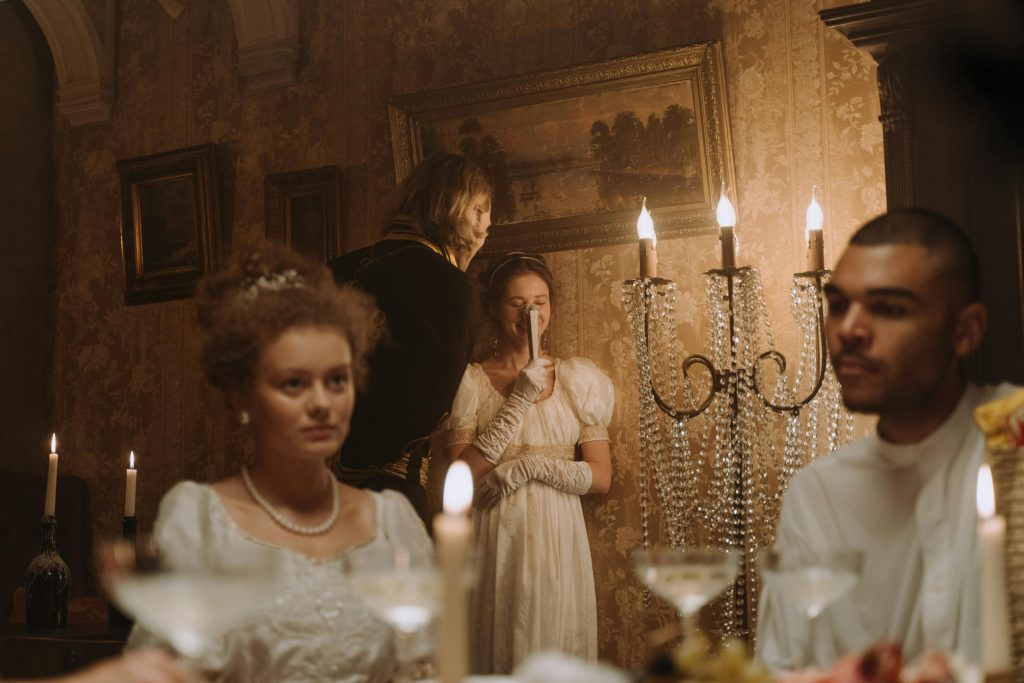
Despite the fact that the Victorian era is commonly recognised as a time of traditional and conservative moral standards, the Victorians had the perception that their world was undergoing fast change. Evangelical and even atheist beliefs were emerging as a result of the fragmentation of religious religion. People of colour, women, and members of the working class were involved in the movement to get the right to vote and to govern themselves. Victorian literature was not aimed at a specialist or elite audience than Romantic literature was.
POETRY
During the Victorian era, poetry was one of the most widely read forms of literary expression. William Wordsworth, who lived through the beginning of the Romantic period and passed away in 1850, was highly adored and frequently referenced. The poem relates the story of Aurora Leigh, a lady who, after turning down an inheritance and a male suitor, decides to pursue a career as a poet. In doing so, the poem tells, in part, the story of Barrett Browning’s own attempts to find her way in the world through the medium of poetry.

Narrative poetry can also be considerably shorter, such as Christina Rossetti’s “Goblin Market” (1862), which describes how a woman is tricked into eating lovely fruit that is being sold by goblins and how her sister comes to her rescue after she becomes ill.
In addition, Victorian writers established a new type of poetry known as the dramatic monologue. In this kind of poetry, the speaker repeats the main ideas of the poem to an audience as the poem itself is being read. The play “My Last Duchess” (1842) by Robert Browning is widely considered to be one of the most well-known examples of a dramatic monologue.
In this play, the Duke of Ferrara tells the man who is arranging his next marriage how he (possibly) murdered his last wife. The style was also utilised by Alfred, Lord Tennyson in the poem “Ulysses” (1842), in which the protagonist, Ulysses, explains to the friends and companions he will be travelling with the reasons he is embarking on his final journey.
Tennyson also composed lyric poetry, which is a form of non-narrative poetry. Among his works is the poem “In Memoriam A. H. H.” (1849), which is most likely the most well-known poem written during the Victorian era. Tennyson composed this collection of poetry that covered an entire book as a way to pay tribute to his close friend Arthur Henry Hallam, who had passed away.
During the Victorian era, the poem was frequently cited since it contains some of the most well-known phrases in the history of literature. One of these lines is “‘Tis better to have loved and lost/Than never to have loved at all.”
GOTHIC, SENSATION FICTION, AND MELODRAMA are being discussed.
In spite of the fact that many types of realism (which will be discussed further below) were prevalent in the novel during the Victorian era, the Gothic tradition, which originated in the eighteenth century, continued to thrive, especially in Charlotte Brontë’s Jane Eyre (1847). In Jane Eyre, the author makes use of a number of Gothic themes, including a young and virtuous female protagonist, a scary home that is full of riddles, and a gorgeous and brooding older man, all while maintaining a Victorian framework.
As a governess, Jane Eyre is required to forge her own path in the world, and she must also do what is right for her, despite the gender and social traditions that were prevalent throughout the Victorian era.
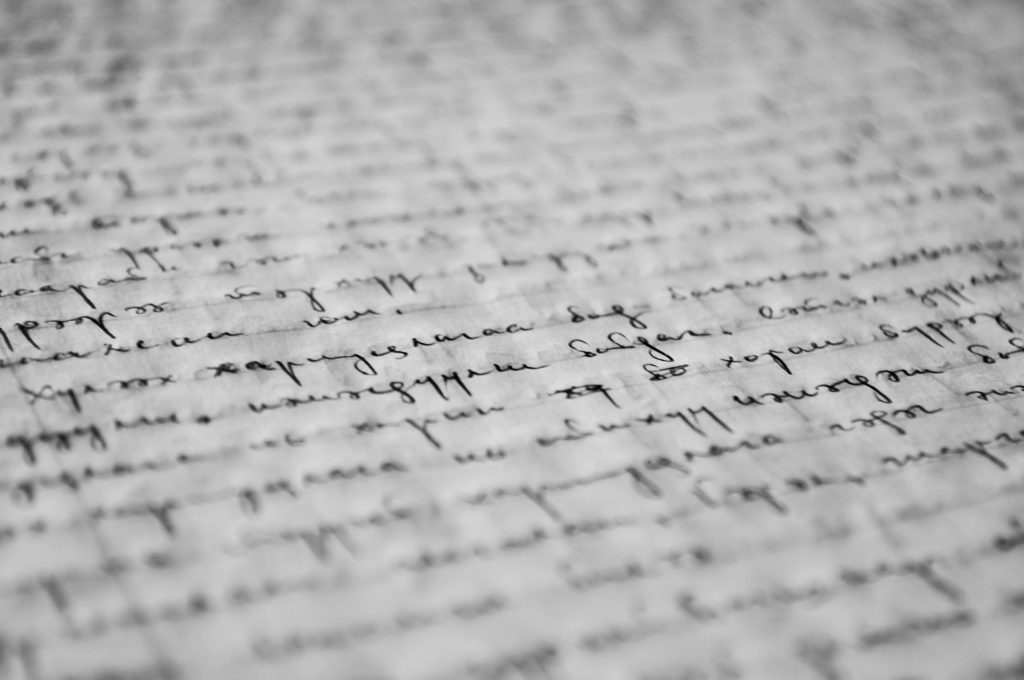
Sensation fiction, which is so termed because its gripping narratives inspired dangerous “sensations” in readers, more thoroughly embraced the surprise and terror that are hallmark of the Gothic genre. Even though Jane Eyre contains some Gothic elements, sensation fiction is more prevalent. In most cases, the plot of sensation fiction is around deception and bigamy, in which either men or women are tricked into entering into fraudulent marriages, or even worse. .
In the novel Lady Audley’s Secret (1862), written by Mary Elizabeth Braddon, a lady who is portrayed as being mentally unstable makes an attempt to kill her husband after he discovers that she has married another man. This novel likewise horrified readers in the Victorian era.
Another Victorian genre, melodrama, earned popularity by supporting popular norms, but one of the goals of sensation fiction was to startle and disturb readers by defying social conventions. Melodrama was a genre that existed during the Victorian era. The characters in melodramas are sharply differentiated into two categories: those who are violent and those who are moral.
They do this by making virtuous individuals the focus of evil schemes, which ultimately causes readers and viewers to feel a range of emotions. There were many theatre productions during this time period that were quite well-liked.
Novels and various types of realism are in the works.
It is generally agreed that the Victorian era was the “great age of the novel,” despite the fact that poetry and plays played significant roles in Victorian cultural life. Serial publishing, in which different chapters of a novel were distributed at predetermined intervals, was a style of publication that encouraged consumers to become actively involved. In addition, Victorian literature are notoriously lengthy.
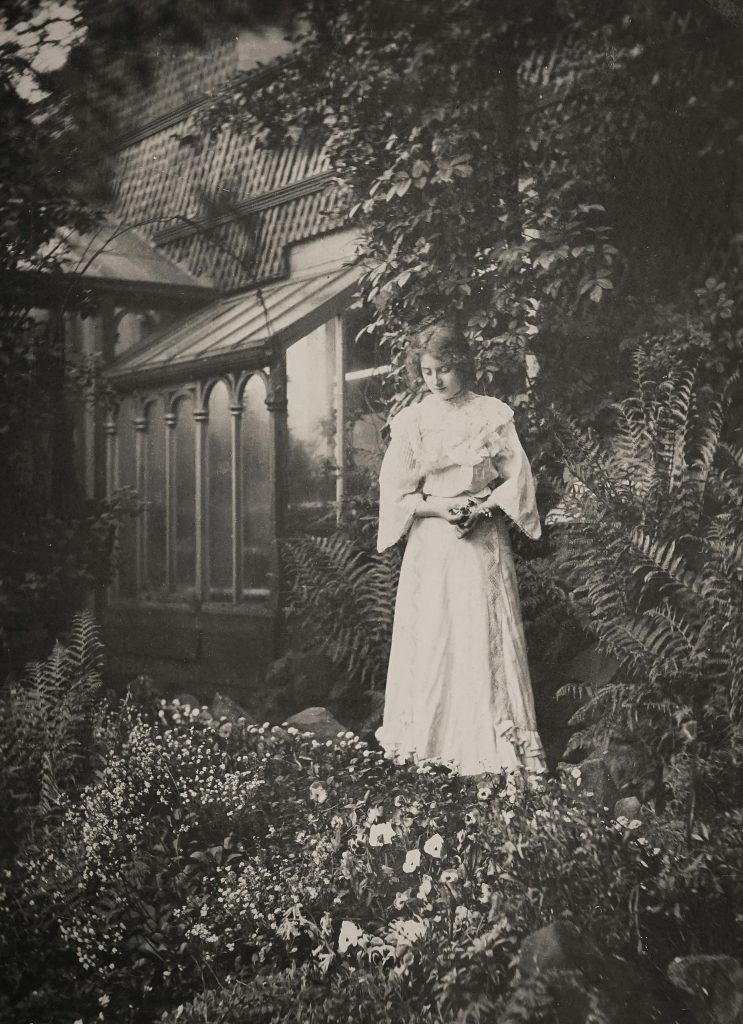
This was due, in part, to the fact that advancements in papermaking and printing technology made the process of printing books significantly more affordable. The proliferation of lending libraries, which would lease out individual volumes of a book (a book such as Jane Eyre was sometimes referred to as a “tripledecker,” which means it had three volumes), was another factor that contributed to the length of Victorian novels.
It is possible for three people to read a book that is three volumes long at the same time, whereas a book that is just one volume long can only be read by one person. Lending libraries made more money on tripledeckers, and their encouragement contributed to the form being the dominant form in the Victorian marketplace.
The narrative technique that was most prevalent in Victorian novels was realism, which is characterised by the attempt to depict actual events occurring to realistic characters in a manner that is realistic. However, there were various variations of realism.
Realism with satire
Satirical realism is a kind of writing that emphasises the worst traits of each character and argues that the world, or “Vanity Fair,” is a gloomy and unfair place. The classic example of satirical realism is William Makepeace Thackeray’s Vanity Fair (1847–1848). Both Becky Sharpe, a calculating and amoral heroine who manipulates all those around her (and does very well for herself), and Amelia Sedley, a trusting and decent young woman who fights to achieve happiness, are the protagonists of the novel. Becky Sharpe is the protagonist of the narrative.
Realism in psychological terms
When it comes to showing the rich inner life of characters, psychological realism places an emphasis on depicting their thoughts, feelings, motives, worries, and other experiences. Middlemarch (1871–72), written by George Eliot, is one example of a work in which she depicts the development of several marriages in a tiny village in the countryside. with the story, the protagonist, Dorothea Brooke, is an optimist who marries Casaubon, an elderly scholar, with the aim of assisting him with his work. On the other hand, she develops a sense of disillusionment and discovers that she is attracted to his nephew Will Ladislaw.
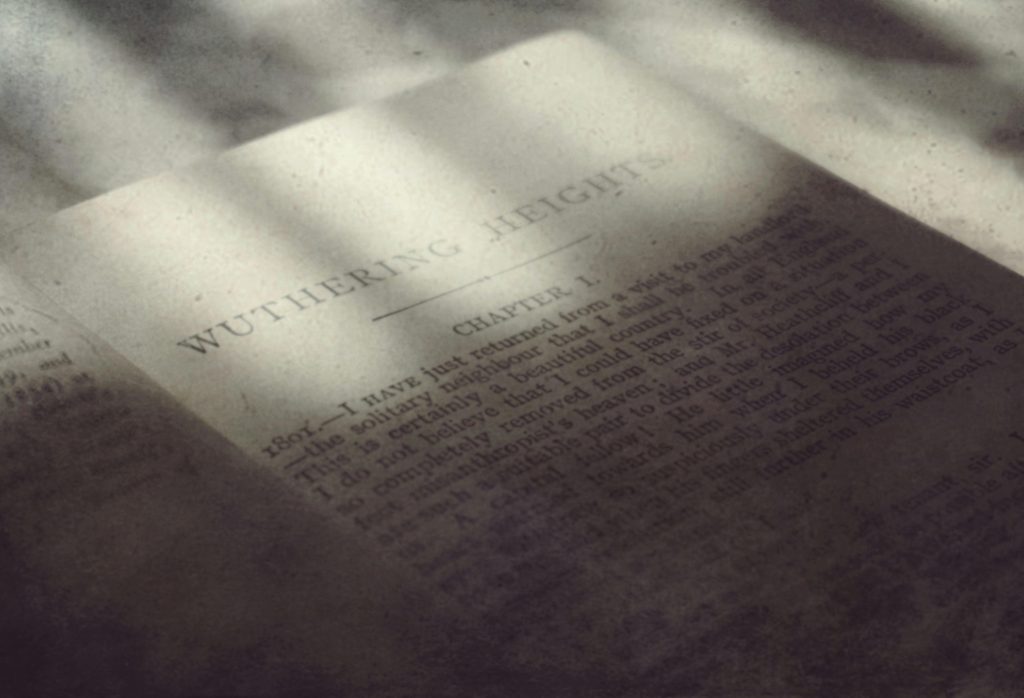
Social realism;
The focus of social realism is on the peculiarities, peculiarities, and outstanding qualities of individuals, who are characterised in a manner that is frequently caricatured. The work of Charles Dickens is the best example of this type of writing, which is frequently humorous and occasionally tragicomic. Dickens was able to criticise the social structure while also creating a lively universe filled with interesting characters in his works such as Oliver Twist (1837–1899).
In this story, Dickens utilises the predicament of the orphan Oliver to expose a callous orphanage that is administered by eccentric bumblers. As witnessed in the never-ending court case Jarndyce v. Jarndyce, Charles Dickens takes aim at the bureaucratic excesses of the court system in his masterwork, Bleak House (1852–53), which was written between 1852 and 1853.
Novels of the industrial genre
Some authors were inspired to produce books that shed light on the precarious situation of the working class as a result of the rapid change of Britain into an industrial nation. Stephen Blackpool, the protagonist of Dickens’ Hard Times (1854), is a millworker who makes the decision to not join the millworkers’ union, which leads to him being shunned by his peers. Margaret Hale, an emigrant from southern England to a northern industrial city, is the protagonist of Elizabeth Gaskell’s novel North and South (1855), which seeks to address the predicament of millworkers via the perspective of Margaret Hale.
The book and the government
During the time that Dickens and Gaskell were concentrating on significant domestic issues, other authors began to shift their attention to Britain’s rapidly growing empire, which they used as a theme for their many works of fiction and poetry. In the novel Kim (1901), written by Rudyard Kipling, the protagonist, a young girl named Kim, becomes a British spy in India. This tale was written to celebrate British dominion in India.
In Heart of Darkness (1899), in which the sailor Marlow travels through the Belgian Congo, Joseph Conrad developed a more sceptical position towards imperialism. Heart of Darkness is told from the perspective of Marlow. Marlow tells his fellow sailors that his story is applicable to Britain as well, despite the fact that it is nominally about the Belgian Empire rather than the British Empire.
JOURNALISM AND PERIODIC WRITING CONCENTRATE
The decrease in the cost of printing allowed for the flourishing of journalism and periodical writing in the United Kingdom, which became an important component of the literary production of the Victorian era. In addition, notable reformers such as Florence Nightingale and professional female journalists such as Harriet Martineau utilised the monthly press in order to bring attention to significant problems that were prevalent in British society when they were published. Last but not least, significant individuals in British literature were also contributors to the periodical press on a regular basis. Over the course of several years, Eliot served as the editor of the Westminster Review, while Dickens was the editor of a literary magazine called Household Words.
THE LITERATURE FOR EDUCATIONS
There is a widespread perception that the nineteenth century was the golden age of children’s literature. The narrative of Alice is told in two books written by Lewis Carroll: Alice’s Adventures in Wonderland (1865) and Through the Looking Glass (1871). In both of these books, Alice finds herself in a region called “Wonderland,” which is inhabited by witches, cats with smiles on their faces, and a wicked queen. In a similar manner, the novel Peter and Wendy (1911) written by J. M. Barrie imagines a fantasy world filled with mermaid lagoons, pirates who are bad, and fairy magic.
END OF THE SIXTH SERIES
“Fin de siècle” is a French term that literally translates to “end of the century.” This term is used to describe the final part of the Victorian era, which generally spans the years 1880 to 1900. When compared to earlier Victorian works, which typically had happy endings, novels from this time period are typically more depressing and gloomy than those from earlier periods. .
Tess gives birth to a kid outside of her marriage, which causes the spouse she eventually marries to reject her after he discovers the truth about her pregnancy. Both Jude Fawley’s poor social status as a stoneworker and his disastrous early marriage put an end to his hopes of attending a prestigious university. His dreams of becoming a student at an exclusive university are ruined.
In addition, the literature of the fin de siècle is distinguished by a shift away from the kinds of realism that had dominated the earlier part of the century and towards genre fiction.
While Hardy envisioned gloomy outcomes of human striving and Doyle and Wells developed new genres, Oscar Wilde wrote hilariously witty plays such as The Importance of Being Earnest (1895), which describes the comedic endeavours of two men who are trying to marry two women, both of whom are determined to marry men named Ernest.
Wilde’s plays were written during the same time period. Wilde was immediately prosecuted for sodomy and placed into jail, despite the fact that he was the talk of the literary community at the time that the play was being produced. The refrain of his “Ballad of Reading Gaol” (1897) is a melancholy portrayal of the life of a prisoner and the loss of hopes. It repeats the phrase “all men kill the thing they love.”

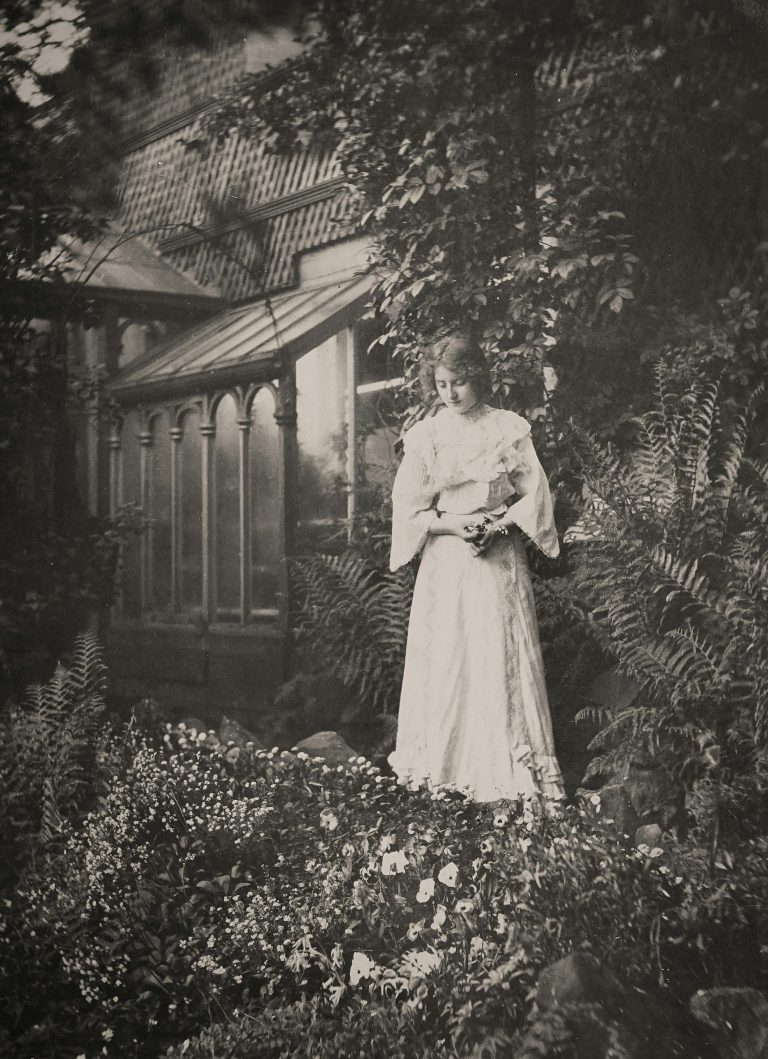
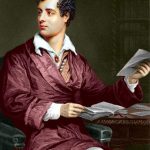

Your article helped me a lot, is there any more related content? Thanks!
Your point of view caught my eye and was very interesting. Thanks. I have a question for you.